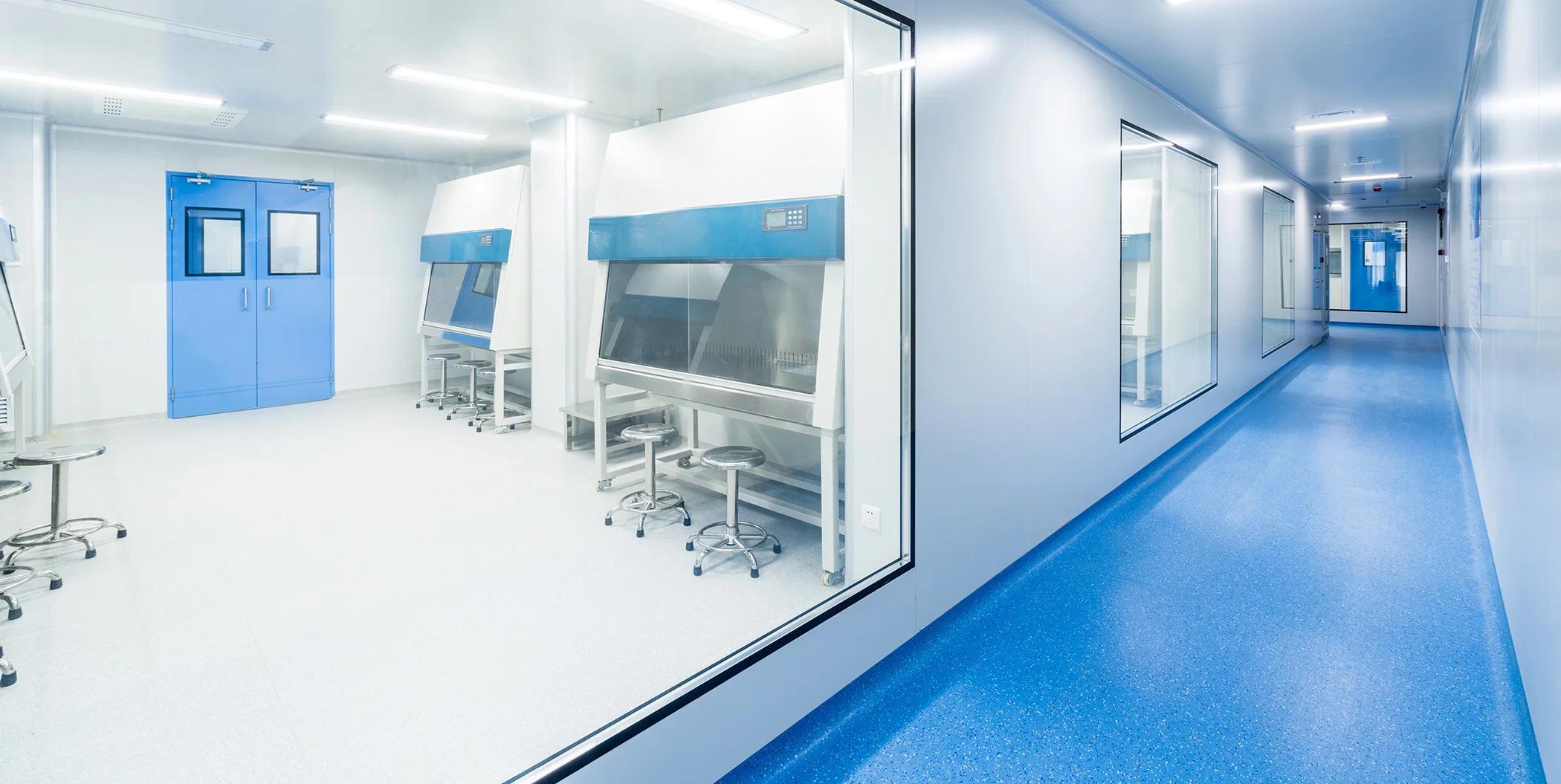
- Home
- Creating the Perfect Micro Climate: How to Fine-Tune Temperature and Relative Humidity in ROC Culture for Mycorrhizal Success

Aditi Bijalwan
Co-founder at Agrilogy Bioscience Private Limited
Do you know that temperature and humidity could be the key to unlock your fungi's potential? Learn how to create the ideal conditions that will help your ROC mycorrhizal cultures thrive like never before.
When cultivating Root Organ Cultures (ROC) of mycorrhizal fungi, creating the right micro environment in the growth room is essential for ensuring optimal growth, colonization, and symbiotic interaction between the fungi and plant roots. Among the most crucial environmental factors that influence fungal health are temperature and relative humidity (RH). By carefully controlling these parameters, you can foster a thriving environment for your ROC culture. Here's a comprehensive guide on how to manage both temperature and relative humidity effectively.
Mastering Temperature for Thriving Mycorrhizal Fungi Growth:
Temperature is a key player in the success of mycorrhizal fungi cultivation in vitro. Each fungal species has a specific ideal temperature range, typically between 25°C to 27°C for most common strains, though it can vary. Understanding how temperature impacts fungal activity is crucial for fostering robust mycorrhizal growth and maximizing its benefits to plants. Here's a closer look at how temperature influences mycorrhizal fungi, and how you can control it to ensure peak performance.
The Perfect Temperature for Maximum Fungal Growth
In the ideal temperature range (25°C to 27°C), mycorrhizal fungi thrive, creating robust, symbiotic associations with plant roots. This powerful partnership fosters nutrient exchange, boosting the plant’s ability to absorb essential minerals like phosphorus. A stable, warm environment helps the fungi flourish, ensuring maximum root colonization and spore germination.
Too Hot or Too Cold? How Temperature Extremes Disrupt Growth?
When temperatures deviate from the optimal range, mycorrhizal fungi face significant biological stress that can severely impact their growth and symbiotic efficiency. High temperatures, in particular, can overwhelm fungal cells, causing cellular damage and disrupting key metabolic processes. This stress results in slower growth, reduced root colonization and sporulation, and in extreme cases, complete fungal mortality. Without robust root colonization, the fungi cannot form the critical symbiotic relationship with plant roots, undermining the entire nutrient exchange process and other benefits. Prolonged exposure to high temperatures may lead to the fungi’s death, leaving the plants without their essential nutrient-enhancing partner.
Conversely, low temperatures present their own set of challenges. When the temperature drops too low, the fungi’s metabolism slows significantly, limiting their ability to form and sustain the crucial symbiotic bonds with plant roots. As metabolic activity decreases, the fungi become less efficient at facilitating nutrient exchange, particularly phosphorus—a nutrient that is vital for plant health and growth. This slow down results in weakened fungal performance, reduced nutrient uptake, and ultimately, compromised root growth. The outcome is a less effective partnership between fungi and plants, stunting plant development and preventing the optimal benefits of mycorrhizal symbiosis.
In essence, any significant temperature fluctuation creates an imbalance or stress that disrupts the delicate interaction between fungi and plants.
Maintaining a steady, ideal temperature in growth room ensures that fungi can efficiently support plant growth in vitro and effectively colonize the roots and sporulate to maximum.
Moisture Magic: How the Right RH Boosts Mycorrhizal Growth?
When it comes to cultivate mycorrhizal fungi in ROC bottles, achieving the right environmental balance is critical for success. While temperature often takes the spotlight, relative humidity (RH) is equally vital for ensuring the optimal health and growth of your fungal culture as well as plant`s roots in vitro. So, how does relative humidity inside growth room impact your ROC culture? Let's dive into the key aspects.
The Humidity-Plant-Fungi Connection: Building Strong Symbiotic Bonds
Mycorrhizal fungi rely on moisture not only for growth but for forming effective symbiotic relationships with plant roots. Low humidity can be detrimental, as it dries out both the fungi and plant roots, halting the colonization process as well as leads to browning of the roots. On the flip side, excessive moisture creates a breeding ground for pathogens, disrupting the balance needed for fungal success.
Optimal Humidity for Mycorrhizal Growth: Finding the Ideal Range
For most mycorrhizal fungi, the ideal relative humidity range falls between 50% and 60%. Within this zone, moisture levels stay optimal (55%), ensuring that both fungal hyphae and plant roots receive the hydration they need to thrive. This moisture balance plays a crucial role in fostering a strong symbiotic relationship—the heart of mycorrhizal effectiveness.
Spore Germination: The Humidity Connection
Humidity doesn't just support established fungi; it's essential for spore germination also. Certain mycorrhizal species require precise humidity levels to successfully activate their spores and initiate growth.
The Perils of Too Much Moisture
While adequate humidity is vital, too much moisture can be just as problematic. Excessive RH (above 60%) can lead to unwanted fungal contamination or even trigger an overgrowth of non-beneficial fungi, which competes with the mycorrhizal culture for resources.
Striking the perfect balance is key—too high or too low RH, and your fungi’s performance could be compromised.
Proper temperature and RH management is the silent hero in mycorrhizal ROC cultivation. By understanding its importance and fine-tuning your environmental controls, you can unlock the full potential of your fungi, ensuring a healthy, thriving relationship with your plants roots in vitro.
If you're noticing poor root growth or browning of root or weak colonization in ROC mycorrhiza culture, the culprit might be your temperature and humidity levels. Make sure to monitor regularly for optimal results!
As we've explored today, the role of temperature and relative humidity in ROC culture of mycorrhiza, there’s so much more to uncover. While this post has given you an overview, our journey doesn’t end here. In the next post, we’ll take a closer look at how can we regulate temperature and relative humidity for optimal results. You won’t want to miss it, so be sure to check back soon for the next post!
Comments (0)
No comments yet. Be the first to comment!
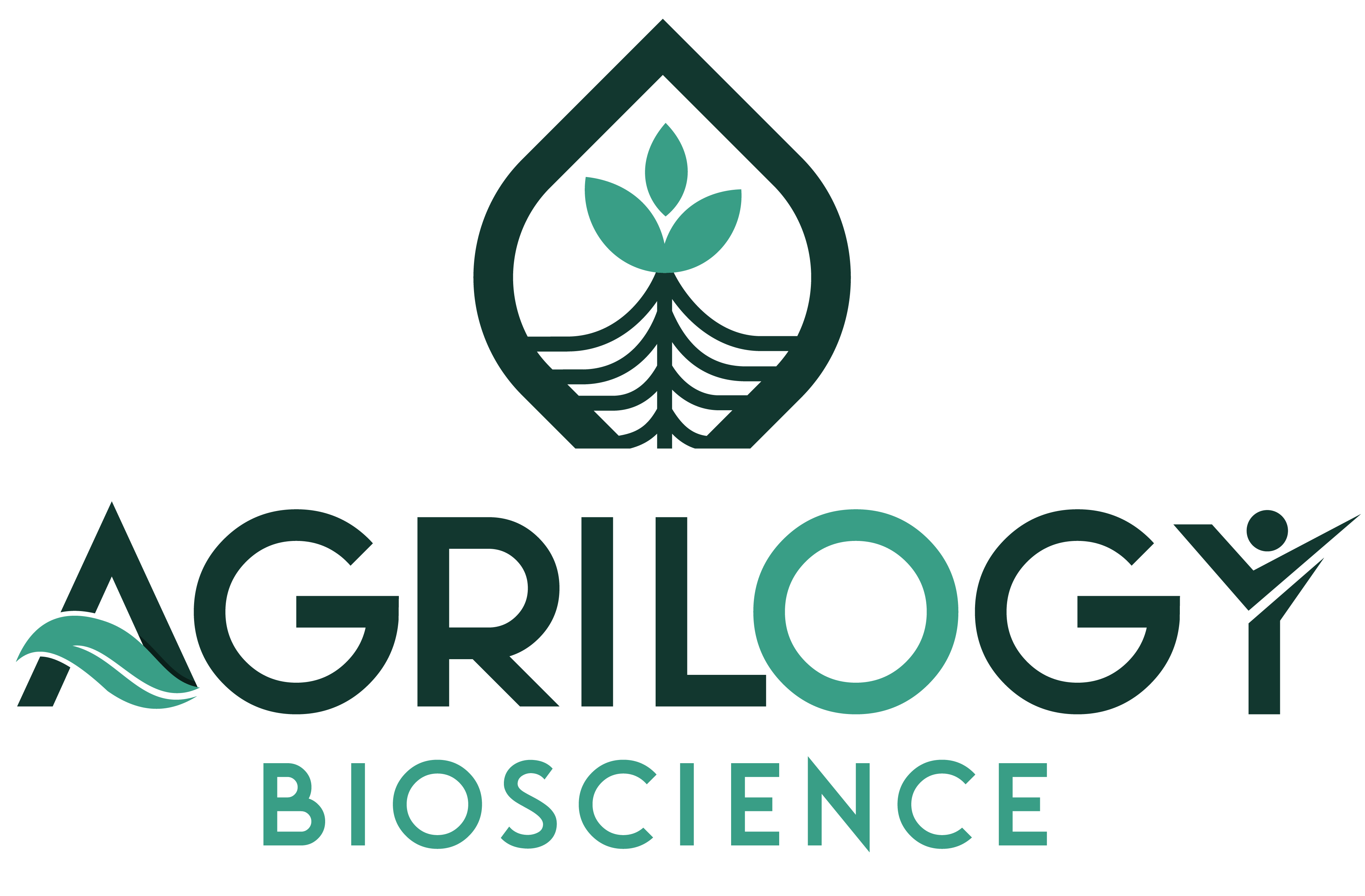
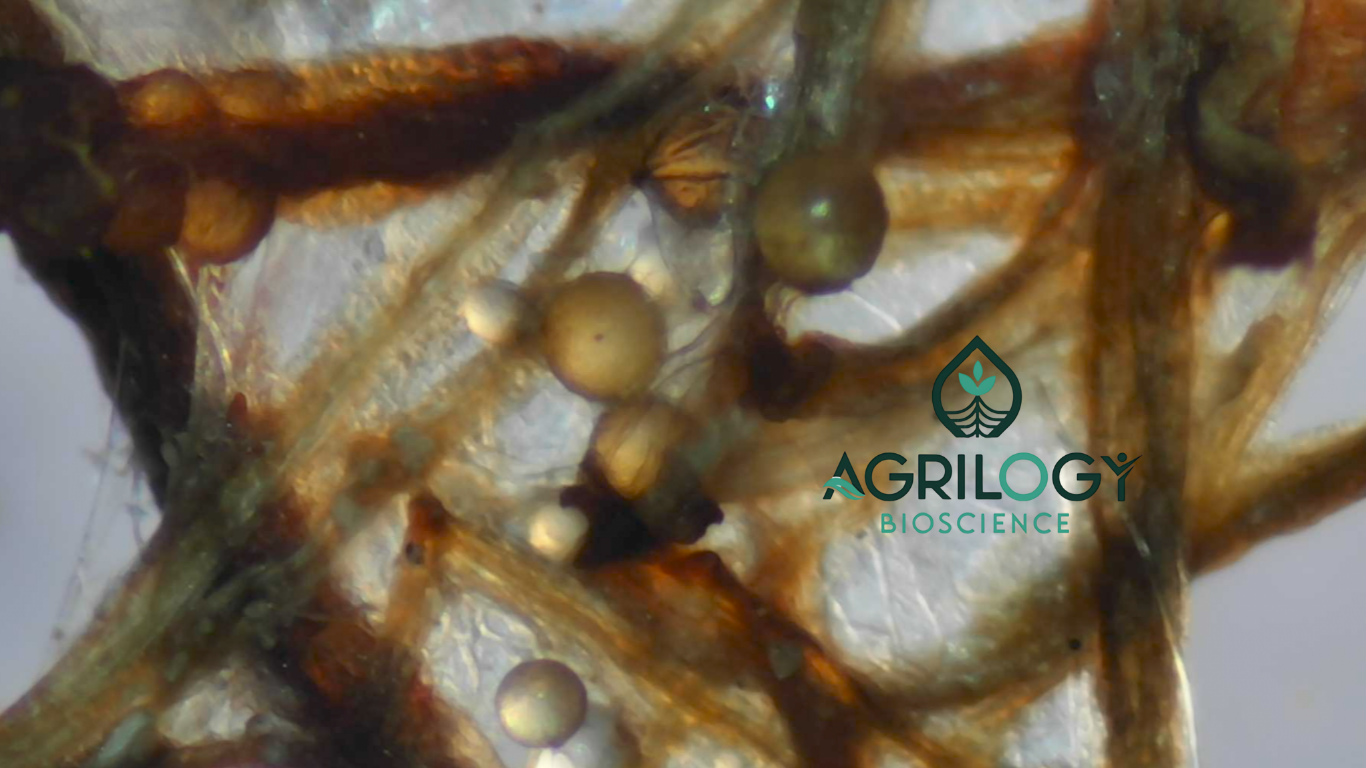
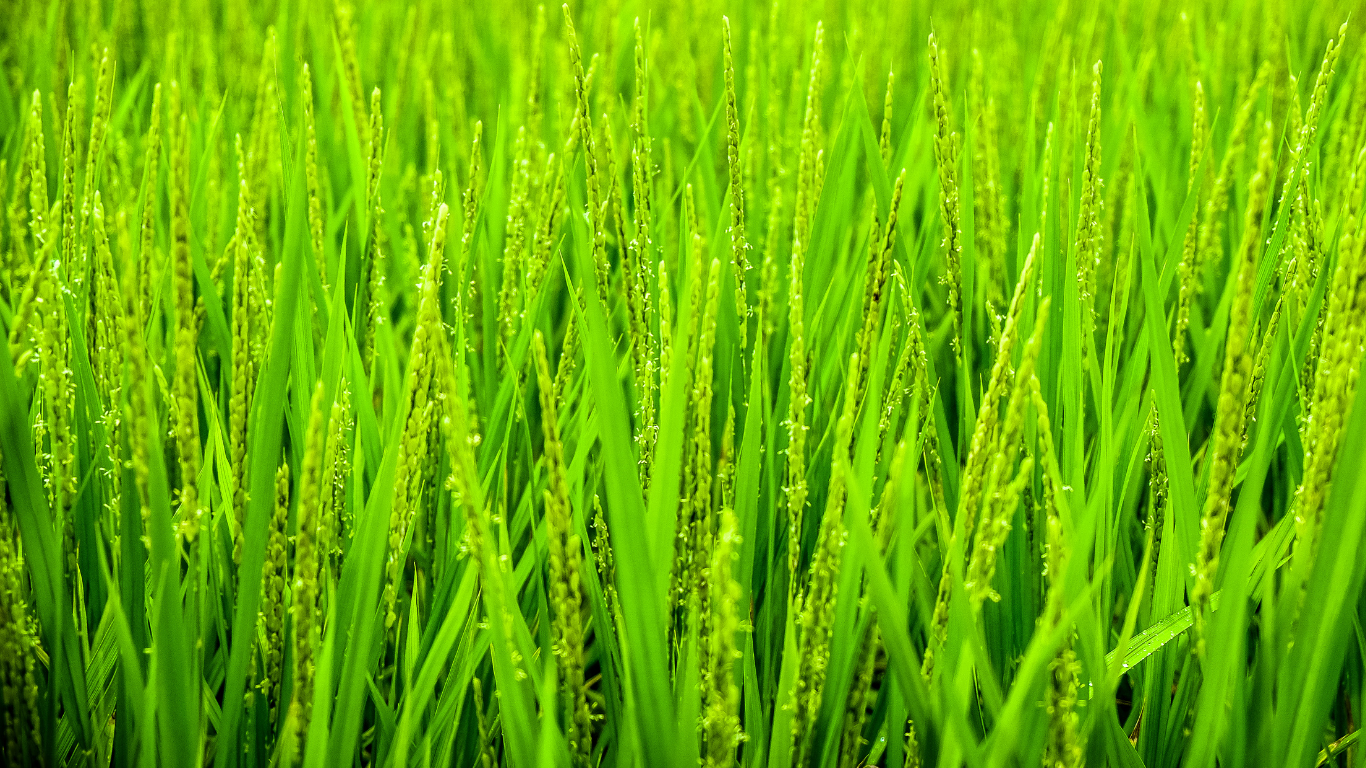


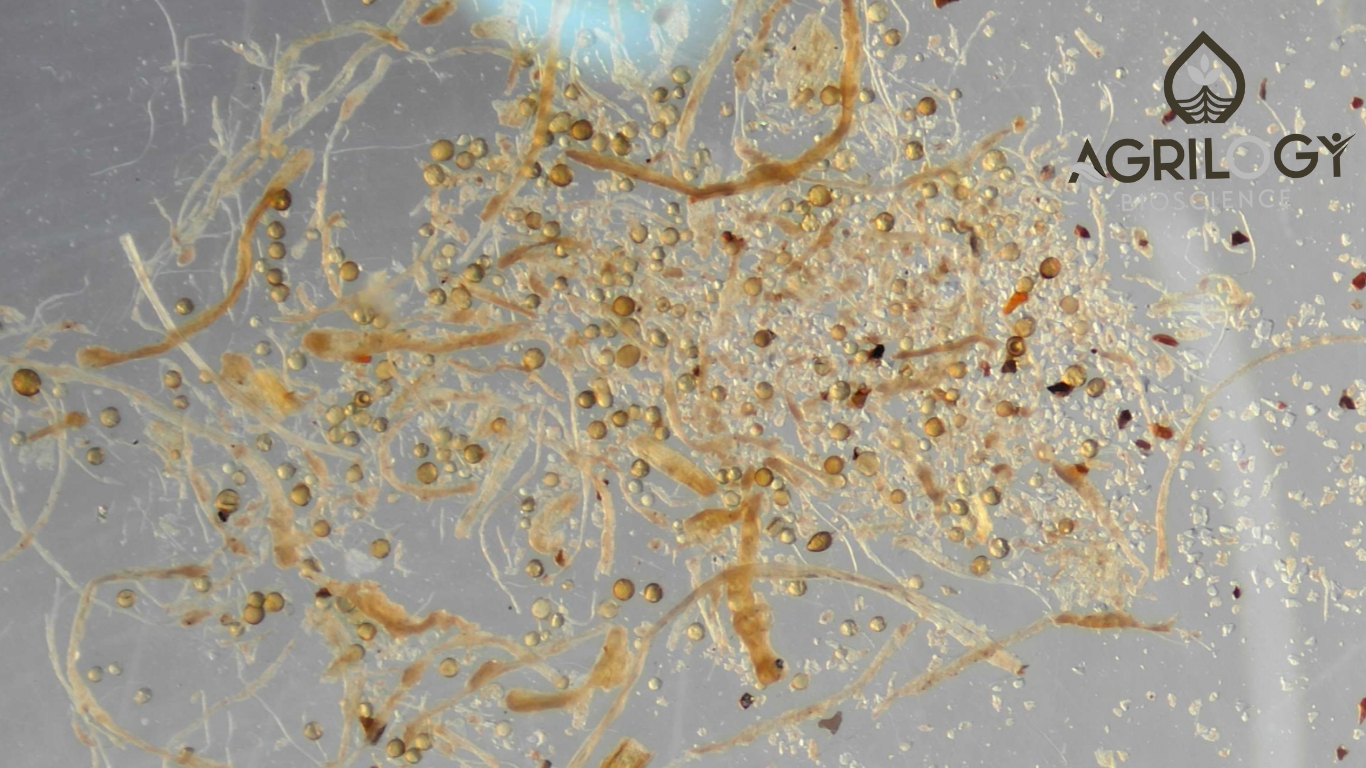
Leave a Comment